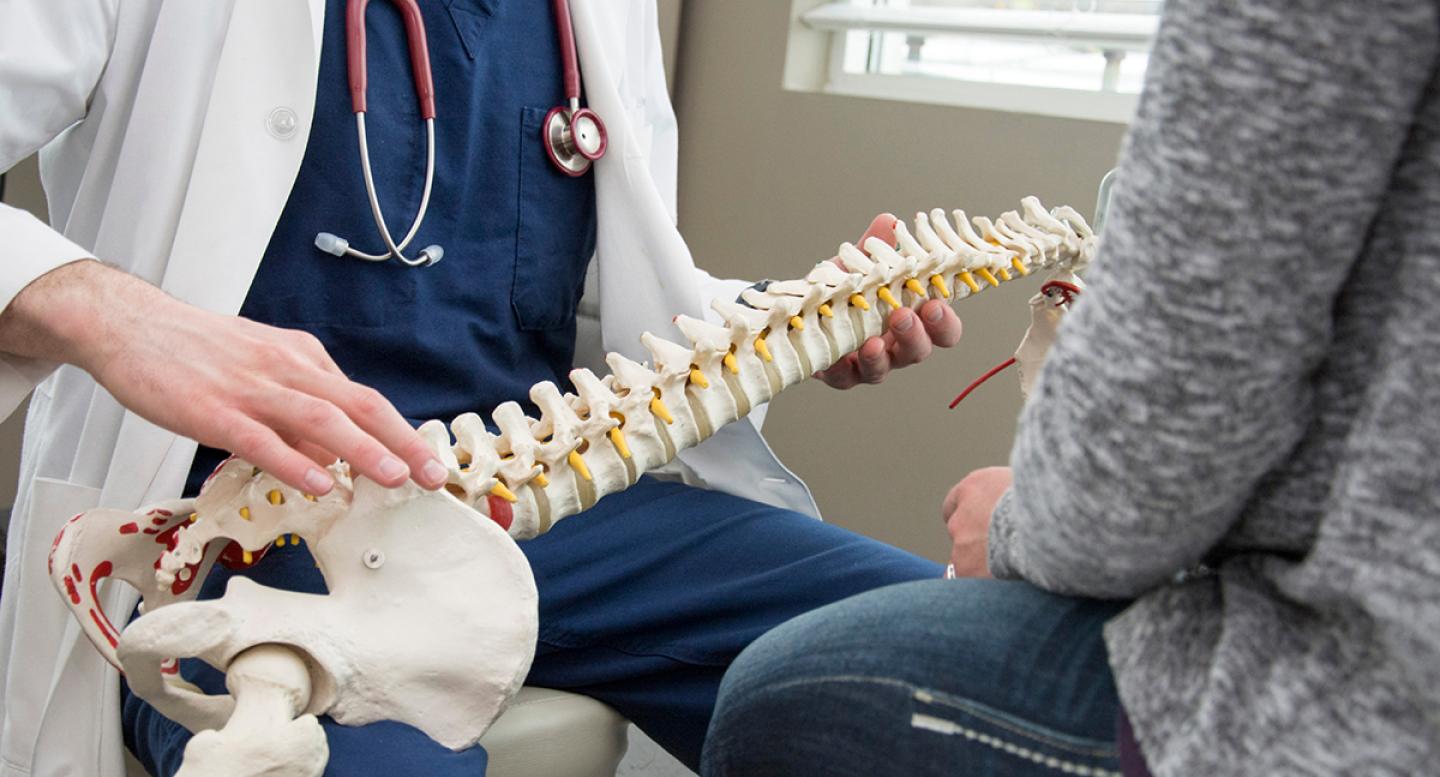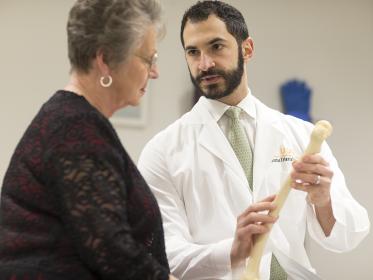Overview
Currently there is no cure for osteoporosis. However, once it is diagnosed, there are ways to slow bone loss. There are also steps you can take to prevent it. Here’s what you need to know about osteoporosis diagnosis and prevention.
Diagnosis
Osteoporosis is often called a “silent disease,” meaning it can go undetected until it causes serious injury or significant skeletal damage. Symptoms might include loss of height or curvature of the spine. If you’ve noticed either of these indicators or think you might be at risk for developing osteoporosis, talk to your doctor.
So far, the only test that can detect osteoporosis is a bone mineral density test, or DEXA scan. This is a painless scan that uses low-dose x-rays to measure calcium and other minerals in an area of bone.
Prevention
In the past, it was a commonly held belief that osteoporosis is an inevitable consequence of aging. Today, we know that’s not the case. In spite of whatever risk factors you can’t control, a healthy lifestyle can go a long way toward keeping your bones strong and reducing your chances of osteoporosis. You’re never too old – or too young – to start taking better care of your bones.
Steps you can take to lower your risk of osteoporosis include:
Stop smoking. Smoking can prevent your body from absorbing calcium and lower your estrogen levels.
Avoid excessive alcohol consumption. Heavy drinking can contribute to bone loss.
Get plenty of exercise. A sedentary lifestyle increases your risk of osteoporosis. Weight-bearing exercises such as hiking, yoga or racquet sports can increase your bone strength. Talk to your doctor before you begin a new exercise regimen.
Get plenty of calcium and vitamin D. Calcium promotes bone strength and density, and vitamin D helps your body absorb the calcium it needs. Use these guidelines to determine how much calcium and vitamin D you should be consuming every day:
Adults under age 50:
- 1,000 mg of calcium
- 400-800 IU of vitamin D
Adults age 51 and older:
- Women – 1,200 mg of calcium
- Men – 1,000 mg of calcium
- Men and women – 800 to 1,000 IU of vitamin D
For help managing your diet to include the right nutrients, talk with your doctor. Or contact the Osteoporosis Clinic.

